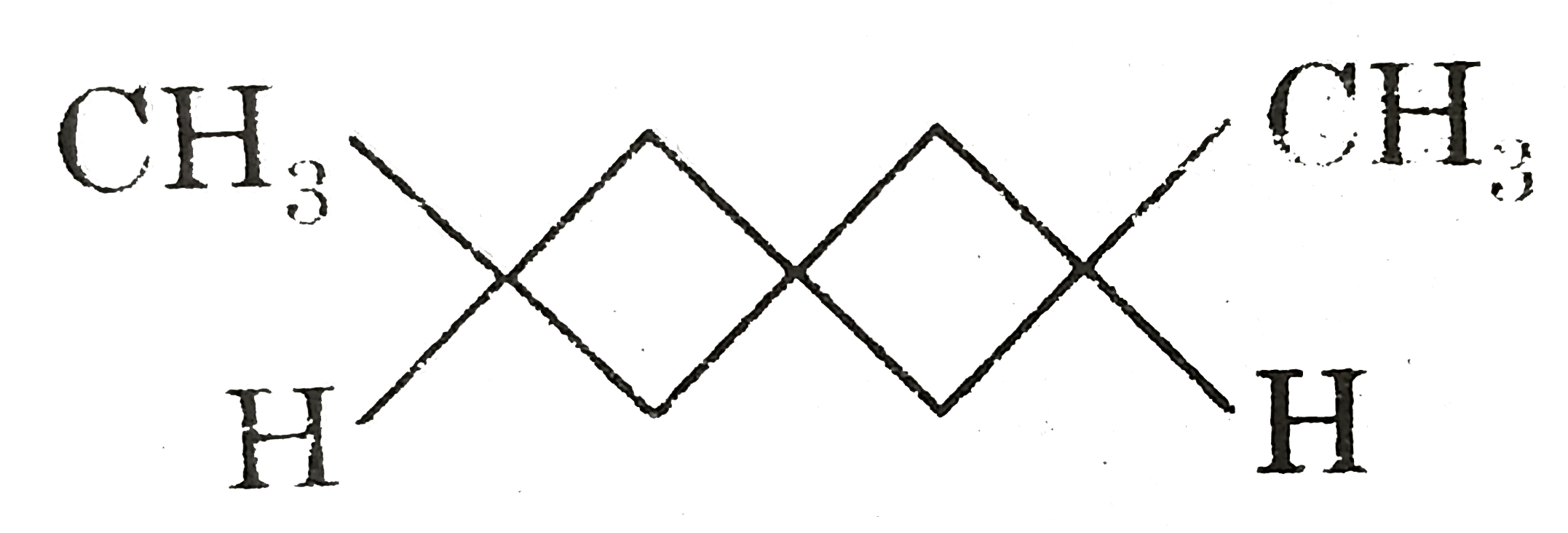Find the correct option related to secondary metabolite
Pigments - Anthocyanins, Carotenoids, Ricin
Lectins – Concanavalin A, Cellulose, Gums
Drugs - Vinblastin, Curcumin
Alkaloids – Morphine, Codeine, Lemon grass oil
To find the correct option related to secondary metabolites, let's analyze the options provided in the question step by step.
Step 1: Understand Secondary Metabolites
Secondary metabolites are organic compounds that are not directly involved in the normal growth, development, or reproduction of an organism. They often play a role in defense mechanisms, signaling, and interactions with other organisms. Examples include alkaloids, terpenoids, flavonoids, and phenolics.
Step 2: Evaluate the Options
1. Pigments like anthocyanin, carotenoid, and ricin:
- Anthocyanins and carotenoids are pigments that contribute to coloration and can have antioxidant properties, but they are primarily involved in photosynthesis and plant protection, which can be considered a primary function. Ricin, on the other hand, is a toxic protein derived from castor beans and not a secondary metabolite.
2. Lactein made up of concavalin A, cellulose, and gums:
- Concavalin A is a lectin, cellulose is a structural polysaccharide, and gums are polysaccharides that help in stabilization. These compounds are primarily involved in structural and metabolic functions rather than being classified as secondary metabolites.
3. Alkaloids like Morphine, Codeine, and Lemongrass Oil:
- Morphine and codeine are well-known alkaloids that are used for their analgesic properties and are derived from the opium poppy. They are secondary metabolites because they are not involved in the primary metabolic processes of the plant but serve as defense mechanisms. Lemongrass oil, which contains citral, is also derived from plants and has various therapeutic properties, making it a secondary metabolite as well.
Step 3: Identify the Correct Option
Based on the analysis:
- The first option contains primary metabolites.
- The second option does not contain secondary metabolites.
- The third option contains alkaloids, which are indeed secondary metabolites.
Thus, the correct option related to secondary metabolites is Option 3: Alkaloids (Morphine, Codeine, Lemongrass Oil).
Summary of Steps:
1. Understand what secondary metabolites are.
2. Evaluate each option based on their classification.
3. Identify the correct option based on the definitions and examples.
Secondary metabolites are organic compounds that are not directly involved in the normal growth, development, or reproduction of an organism. They often play a role in defense mechanisms, signaling, and interactions with other organisms. Examples include alkaloids, terpenoids, flavonoids, and phenolics.
1. Pigments like anthocyanin, carotenoid, and ricin:
- Anthocyanins and carotenoids are pigments that contribute to coloration and can have antioxidant properties, but they are primarily involved in photosynthesis and plant protection, which can be considered a primary function. Ricin, on the other hand, is a toxic protein derived from castor beans and not a secondary metabolite.
2. Lactein made up of concavalin A, cellulose, and gums:
- Concavalin A is a lectin, cellulose is a structural polysaccharide, and gums are polysaccharides that help in stabilization. These compounds are primarily involved in structural and metabolic functions rather than being classified as secondary metabolites.
- Morphine and codeine are well-known alkaloids that are used for their analgesic properties and are derived from the opium poppy. They are secondary metabolites because they are not involved in the primary metabolic processes of the plant but serve as defense mechanisms. Lemongrass oil, which contains citral, is also derived from plants and has various therapeutic properties, making it a secondary metabolite as well.
Based on the analysis:
- The first option contains primary metabolites.
- The second option does not contain secondary metabolites.
- The third option contains alkaloids, which are indeed secondary metabolites.
1. Understand what secondary metabolites are.
2. Evaluate each option based on their classification.
3. Identify the correct option based on the definitions and examples.
Topper's Solved these Questions
Similar Questions
Knowledge Check
Find the correct options
ATesteterone influences male secondary sexual charactersBGestation period in Rabbit is about 276 daysCBulbourethal gland secretes a vaginal lubricant qDPlacenta secretes estrogen.find the correct options.
AIce point in Fahrenheit scale is 32∘FBIce point in Fahrenheit scale is 98.8∘FCSteam point in Fahrenheit scale is 212∘FDSteam point in Fahrenheit scale is 252∘FFind out the correct option (s) :
A B
B C
C D
D


